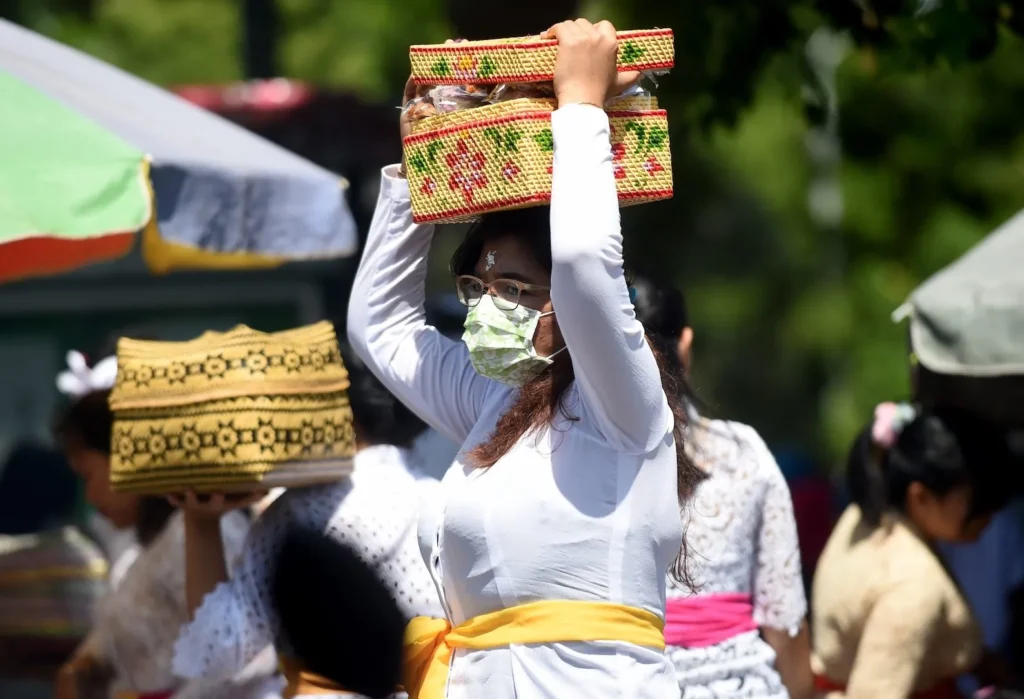Bali, Indonesia, is a popular destination for tourists from all over the world. With its beautiful beaches, stunning landscapes, and vibrant culture, it’s no wonder that Bali attracts millions of visitors every year. However, behind the island’s idyllic facade lies a serious health issue – dengue fever.
At the beginning of July 2022, health officials in Bali reported that cases of dengue fever continued to rise. Dr. I. Wayan Darta from the Badung Health Department reported that between January and June 25, 2022, there were nearly 800 DHF dengue fever patients. In the month of May alone, more than 48 people were admitted to Klungkung Hospital.
Causes & Symptoms
Dengue fever is an infectious disease that causes high fever, headache, vomiting, muscle and joint pain, and a rash on the skin. If left untreated, it can lead to dengue hemorrhagic fever, which can be fatal. Dengue cases are caused by the Aedes aegypti mosquito, which has been tracked down to Klungkung Regency. This area is adjacent to Giyanar district, Bali’s most populous area outside Denpasar, and is best known for its black sand beaches, such as Lebih Beach and Pantai Leaping.

Dengue cases are endemic, meaning they occur in specific geographic areas. But this increase appears to be linked to climatic and rainfall factors. To combat the outbreak, the government implemented the eradication of mosquito nests, containment, and even fogging (PSN). Fogging is carried out in epidemic areas where several people have contracted the virus.
“If the larval count is low, we will do fogging. If the larval count is high, we will promote PSN and reduction,” said Swapatni.
Meanwhile, the regent of Klungkung, I Nyoman Suwirta, urged people to keep their surroundings clean and prevent water from stagnating. “Do not allow dengue to cause fear like during the Covid19 pandemic,” said the regent.
Current Trends in Data
Unfortunately, dengue fever has been an ongoing problem in Bali. In 2019, Bali had one of the highest dengue fever incidence rates in Indonesia, with nearly 8,000 cases reported. In 2020, the island saw a decrease in cases due to the Covid19 pandemic, but by 2021, cases were on the rise again. However, there is some good news. In the first three months of 2023, the Health Office of Bali Province recorded a downward trend in cases of dengue hemorrhagic fever (DHF), with 2,469 cases found. Of these cases, Denpasar City contributed the highest number, with 781 cases, while Bangli registered the lowest case count at 67.

Despite Denpasar being the biggest contributor, a downward trend in cases was recorded, from 296 cases in January to 255 cases in February and 230 cases in March. Meanwhile, in Bangli, an increase was recorded, from 17 cases in January and 17 cases in February to 33 cases in March.
Takeaway
It is crucial for the government and public health organizations to take action to control and prevent dengue outbreaks. This includes measures such as mosquito control and eradication campaigns, public awareness campaigns to educate people about the disease and how to prevent it, and surveillance and monitoring of dengue cases to detect outbreaks early and respond quickly.
In Bali, the government and health organizations have taken steps to control and prevent dengue outbreaks. These efforts include mosquito fogging campaigns in areas where dengue cases have been reported, as well as public education campaigns to inform people about the importance of eliminating mosquito breeding sites and taking personal prevention measures.

Despite these efforts, dengue remains a significant public health concern in Bali and other parts of the world. Climate change, urbanization, and other factors are expected to contribute to an increase in dengue cases in the coming years. It is therefore important for individuals, governments, and organizations to work together to prevent and control dengue outbreaks and protect public health.
By: Ananya Thirumalai






